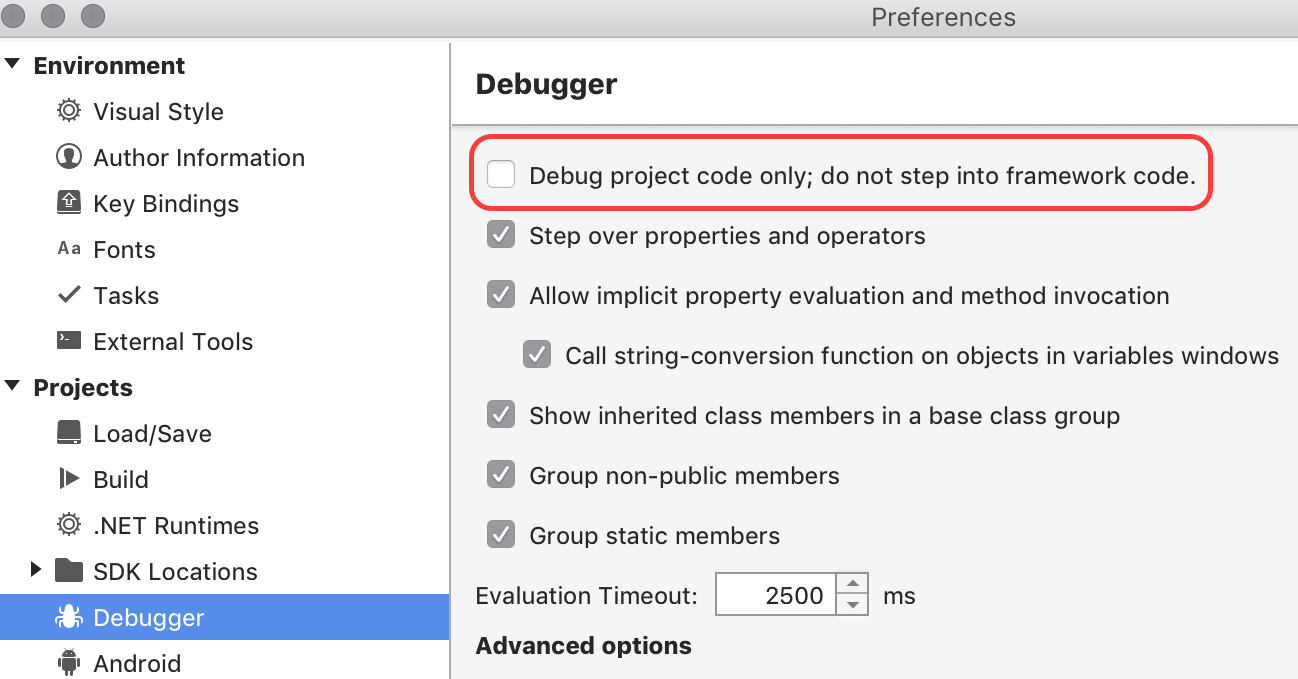

LoggingĪnother useful debugging tool is logging. Untyped arguments, untyped list literals, and so on)Īs this is the quickest and least painful way of trackingįor more information, see Using the Dart analyzer. You are encouraged to use them everywhere (avoiding var, You put in your code to help track problems down. The Dart analyzer makes heavy use of type annotations that The Dart analyzer is already checking your code If you’re using a Flutter enabled IDE/editor, (such as Android Studio/IntelliJ and VS Code), You can set breakpoints directly in your IDE/editor The main output that appears on your profile are theĭebug asserts verifying the framework’s various invariantsĭevTools documentation. If you use DevTools for profiling, make sure to Release mode, as the debugging and profiling Profile mode, while it’s running you can openĭevTools in the browser to connect to your app.ĭevTools doesn’t work well with an app compiled to If you run your application in debug mode or

Individual widgets and their property values,Įnable the performance overlay, and more.įor debugging and profiling apps, DevTools might be


Representation of the widget tree, inspect The inspector allows you to examine a visual In DevTools, and also directly from Android StudioĪnd IntelliJ (enabled with the Flutter plugin). Flutter inspector, a widget inspector available.The ability to set breakpoints, step through code, Support a built-in source-level debugger with (enabled with the Flutter and Dart plugins) DevTools, a suite of performance and profiling.There’s a wide variety of tools and features to help debugįlutter applications. Widgets marked const that should be equal to each other, aren’t.“Too many open files” exception (MacOS).


 0 kommentar(er)
0 kommentar(er)
